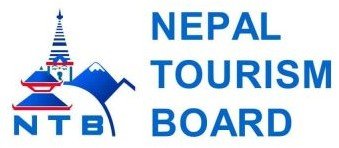Tips for successful Annapurna Base Camp Trek

5th Apr, 2023
- teamramadventure
Annapurna Base Camp Trek is a popular trekking destination in Nepal, offering stunning views of snow-capped mountains, lush forests, and diverse landscapes. While the trek is considered to be moderate in difficulty, it is important to be well-prepared and follow some tips to ensure a successful trekking experience.
Table of Contents
Here are some tips to help you prepare for the Annapurna Base Camp Trek:
Physical Fitness:
Annapurna Base Camp Trek requires a moderate level of physical fitness. Therefore, it is recommended to do some physical exercises, such as running, swimming, cycling, or trekking, to prepare your body for the trek. You should also consult with your doctor to make sure you are fit to trek in the Himalayas.
Packing:
Packing the right gear and equipment is crucial for a successful trek. Some of the essentials include warm clothes, waterproof jacket, trekking boots, hat, gloves, sunglasses, sunscreen, insect repellent, water bottle, and a trekking pole. You can also rent or buy trekking gear in Kathmandu or Pokhara.
Altitude Sickness:
Annapurna Base Camp Trek involves trekking at high altitudes, which can cause altitude sickness. To avoid altitude sickness, it is recommended to acclimatize properly by taking frequent breaks, drinking plenty of water, and ascending slowly. You can also take some medicines, such as Diamox, to prevent altitude sickness.
Trekking Permits:
To trek in the Annapurna region, you need to obtain two permits: Annapurna Conservation Area Permit (ACAP) and Trekker's Information Management System (TIMS) card. These permits can be obtained from the Nepal Tourism Board in Kathmandu or Pokhara.
Trekking Route:
Annapurna Base Camp Trek has several routes to choose from. The most popular route is the Ghorepani-Poon Hill trek, which offers stunning views of the Annapurna range and sunrise from Poon Hill. Another popular route is the Annapurna Sanctuary Trek, which takes you through lush forests, traditional villages, and the Annapurna Sanctuary.
Accommodation:
Annapurna Base Camp Trek offers a variety of accommodation options, ranging from teahouses to lodges. Teahouses are basic lodgings that offer a bed, blanket, and food, while lodges offer more amenities, such as hot showers, WiFi, and electricity. You can also bring your own tent and camp along the trekking route.
Food and Water:
Annapurna Base Camp Trek offers a variety of local and international cuisine, such as dal bhat, momos, pizza, and pasta. It is recommended to drink only boiled or purified water and avoid consuming uncooked or street food to prevent stomach illness.
Travel Insurance:
It is recommended to have travel insurance that covers trekking in the Himalayas, including emergency evacuation, medical treatment, and loss of personal belongings.
Be Mindful of Altitude Sickness:
Altitude sickness is a common issue during high-altitude treks like the Annapurna Base Camp trek. It's essential to be mindful of the symptoms and take precautions to avoid it.
Some common symptoms of altitude sickness include headache, nausea, dizziness, loss of appetite, and shortness of breath. If you experience any of these symptoms, it's crucial to rest, hydrate, and take appropriate medications if necessary.
To prevent altitude sickness, it's recommended to acclimatize properly, which means spending a day or two at a lower altitude to let your body adjust to the high altitude. It's also essential to stay hydrated, avoid alcohol and smoking, and eat a balanced diet.
Hire a Professional Guide and Porter
Hiring a professional guide and porter can make a significant difference in the success and enjoyment of your Annapurna Base Camp trek. A guide can provide valuable insights into the local culture, history, and geography and ensure your safety on the trek. A porter can help carry your backpack and ease the physical strain on your body, allowing you to enjoy the trek more fully.
When hiring a guide and porter, it's essential to choose a reputable agency that provides experienced and trained guides and porters who have proper insurance and licenses.
Respect the Local Culture and Environment
The Annapurna region is home to a diverse and vibrant culture, and it's essential to respect the local customs and traditions during your trek. It's also crucial to leave no trace and take care of the environment by disposing of waste properly and avoiding single-use plastics.
Enjoy the Journey
Finally, the most important tip for a successful Annapurna Base Camp trek is to enjoy the journey. Take your time, savor the stunning scenery, and connect with your fellow trekkers and the local community. The Annapurna Base Camp trek is an adventure of a lifetime, and it's essential to embrace every moment of it.
In conclusion, the Annapurna Base Camp trek is an incredible adventure that requires proper planning and preparation. By following these tips, you can ensure a safe, enjoyable, and unforgettable trekking experience in the stunning Annapurna region of Nepal.


 Plan Your Trip Now
Plan Your Trip Now 










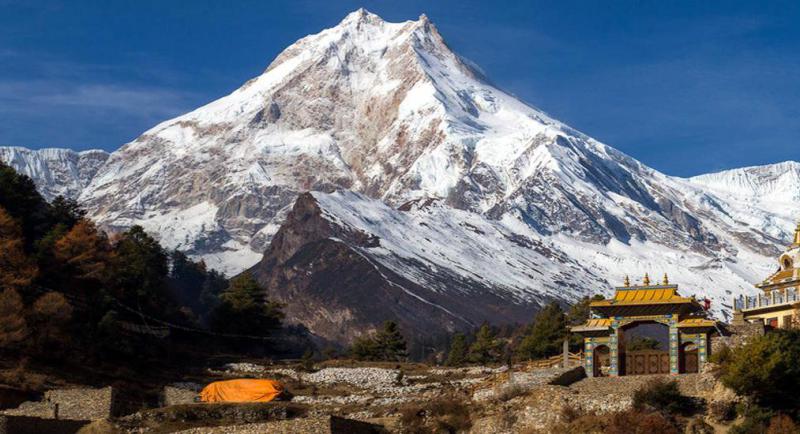











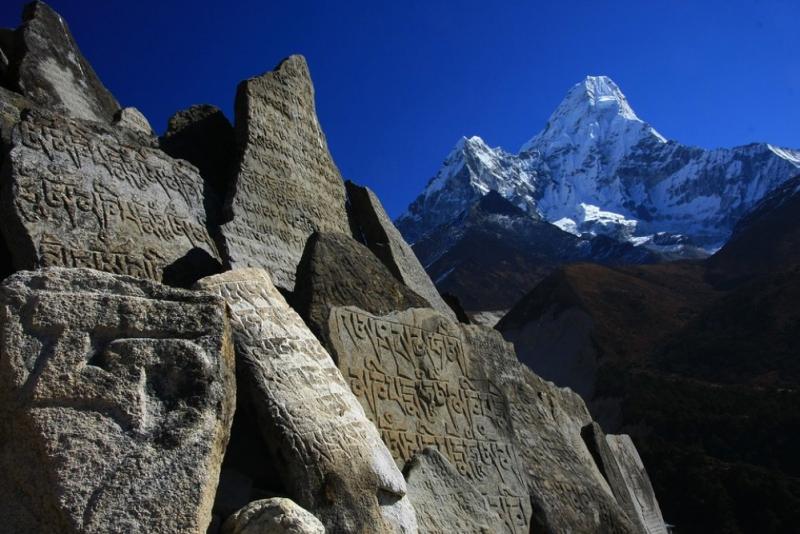






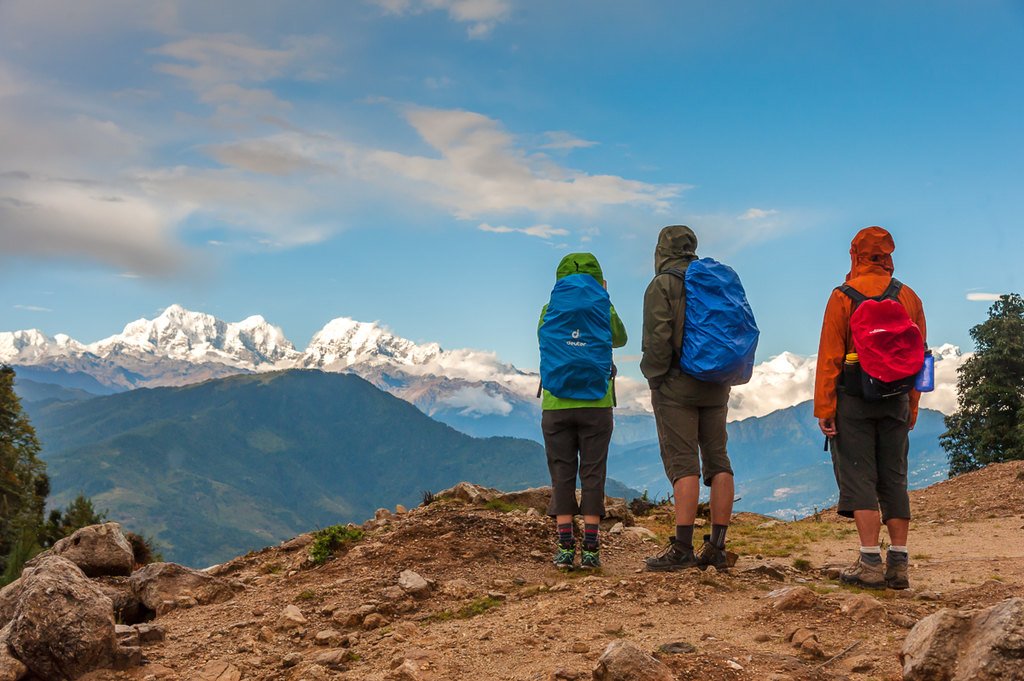
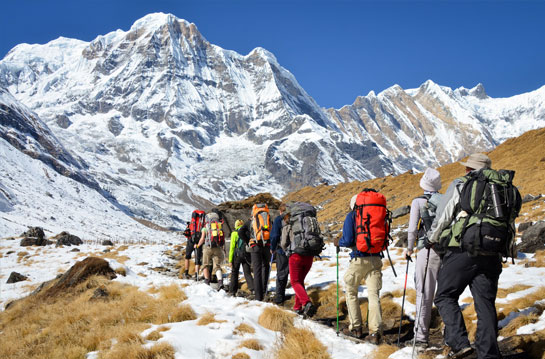
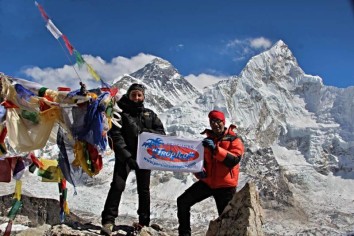






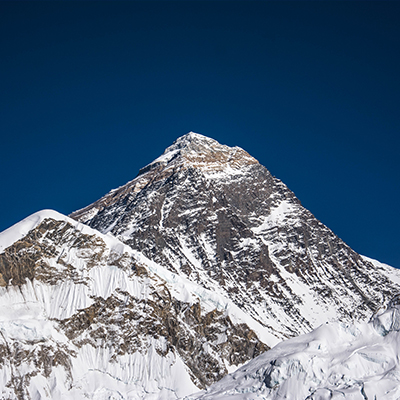


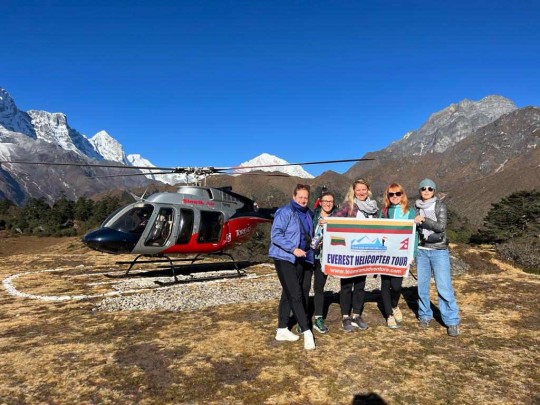



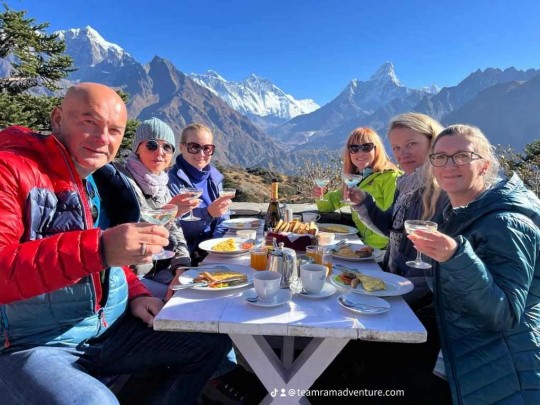







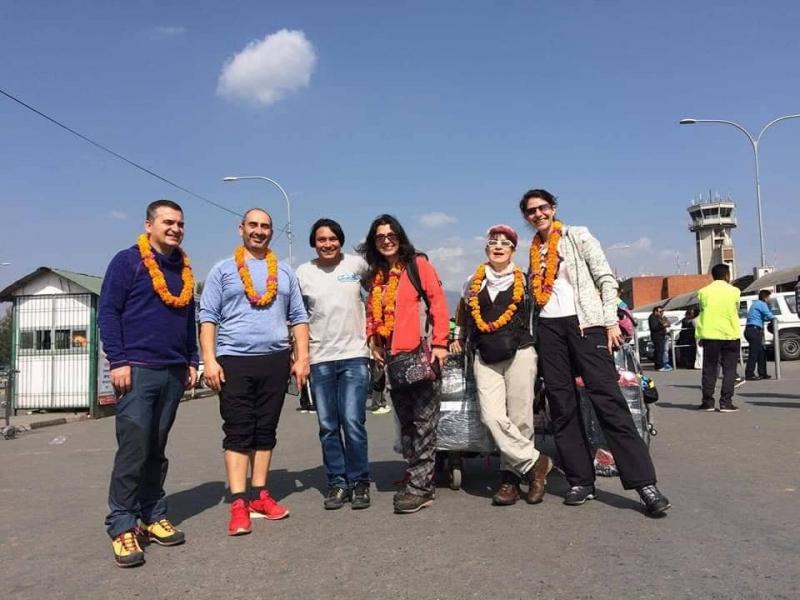












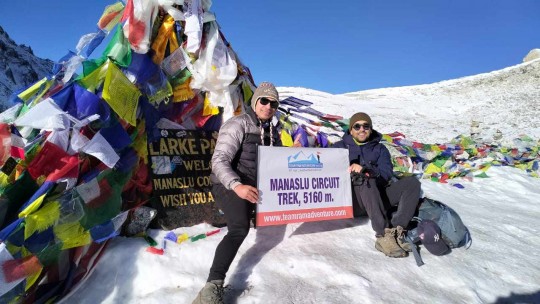
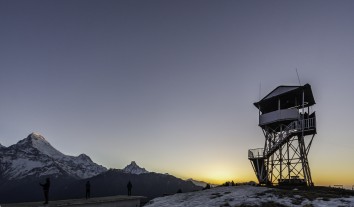
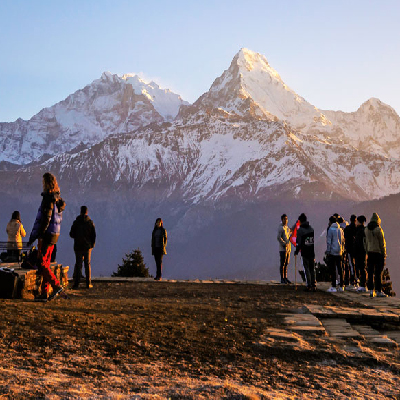










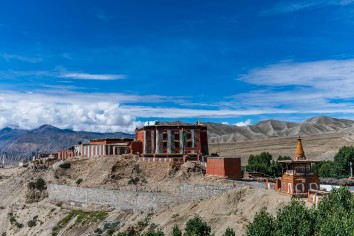


.jpg)







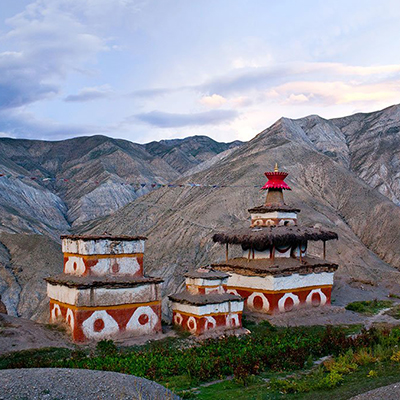
.jpg)


.jpg)

